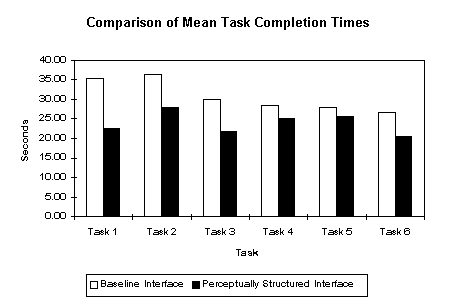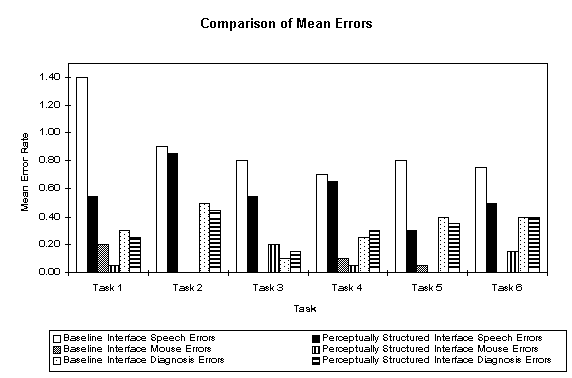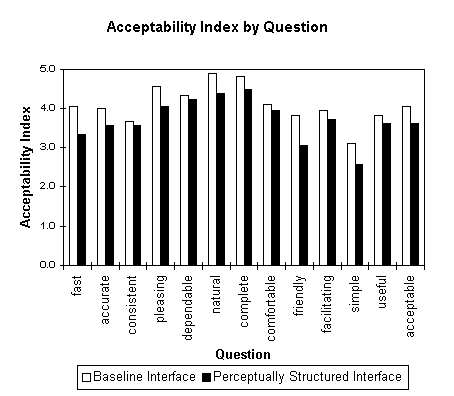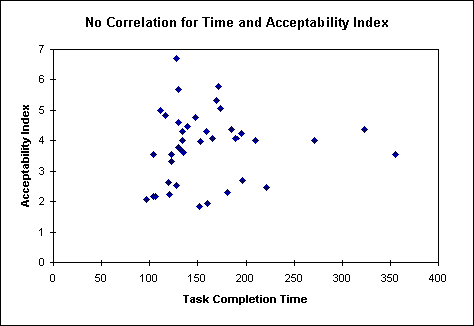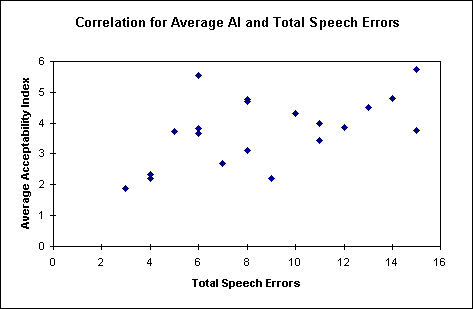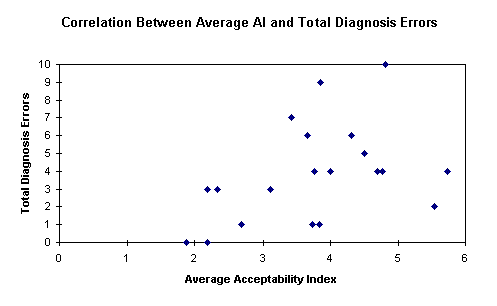| Variables |
Sample
Size |
r value |
Significant p value |
Baseline Interface x Perceptually Structured Interface
Baseline T x Perceptually Structured T
Baseline SE x Perceptually Structured SE
Baseline ME x Perceptually Structured ME
Baseline ME x Perceptually Structured DE |
20
20
20
20 |
0.893
0.223
0.122
0.667 |
p < .001, two-tailed
p < .001, two-tailed
p < .001, two-tailed |
T x SE
Baseline T x Baseline SE
Perceptually Structured T x Perceptually Structured SE
T x SE
T Improvement x Total SE |
20
20
40
20 |
0.322
0.536
0.471
0.339 |
p < .05, two-tailed
p < .01, two-tailed |
T x ME
Baseline T x Baseline ME
Perceptually Structured T x Perceptually Structured ME
T x ME
T Improvement x Total ME |
20
20
40
20 |
0.163
0.641
0.313
0.225 |
p < .01, two-tailed
p < .05, two-tailed |
T x DE
Baseline T x Baseline DE
Perceptually Structured T x Perceptually Structured DE
T x DE
T Improvement x Total DE |
20
20
40
20 |
0.082
0.228
0.131
0.091 |
|
T x AI
Baseline T x Baseline AI
Perceptually Structured T x Perceptually Structured AI
T x AI
T Improvement x Total AI |
20
20
40
20 |
-0.120
0.018
-0.021
0.134 |
|
AI x SE
Baseline AIx Baseline SE
Perceptually Structured AIx Perceptually Structured SE
AI x SE
Total AI x Total SE |
20
20
40
20 |
0.264
0.353
0.324
0.543 |
p < .05, two-tailed
p < .05, two-tailed |
AI x ME
Baseline AIx Baseline ME
Perceptually Structured AIx Perceptually Structured ME
AI x ME
Total AI x Total ME |
20
20
40
20 |
-0.489
-0.039
-0.187
-0.237 |
p < .05, two-tailed
|
AI x DE
Baseline AIx Baseline DE
Perceptually Structured AIx Perceptually Structured DE
AI x DE
Total AI x Total DE |
20
20
40
20 |
0.425
0.394
0.407
0.419 |
p < .05, two-tailed
p < .01, two-tailed |
Table 24: Pearson Correlation Coefficients
for Dependent Variables
